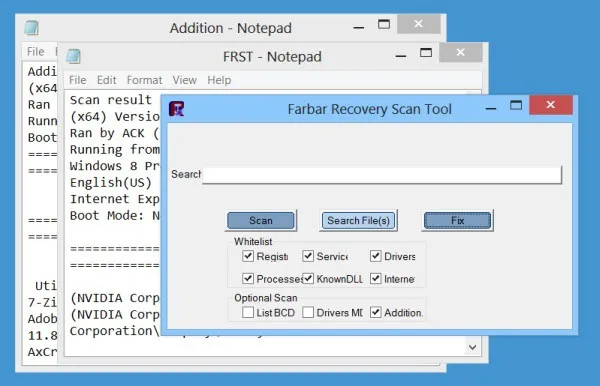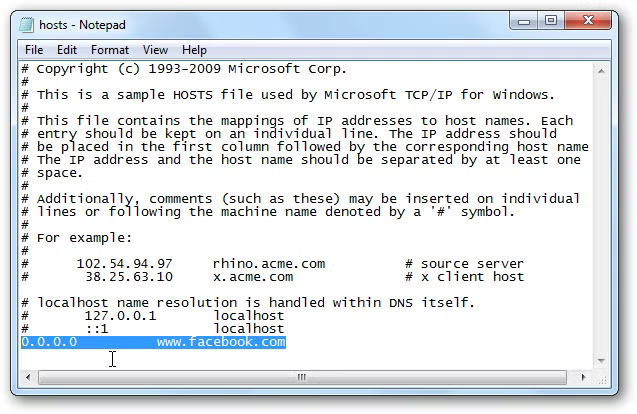A hosts file infection occurs when malicious software modifies your system’s Hosts file, redirecting web traffic or opening security loopholes. These unauthorized changes can compromise your privacy, security, and overall browsing experience.
📘 What Is the Hosts File?
Think of the Hosts file as your computer’s personal address book. When you enter a website like www.yahoo.com into your browser, the system checks this file first to see if the site’s IP address is listed.
- ✅ If it is listed, your system connects directly using the stored IP.
- ❌ If it isn’t, your system asks your ISP’s DNS server to resolve the address.
Most users won’t have custom entries in their Hosts file, as DNS usually handles address resolution. However, a hosts file infection can:
- Redirect users to malicious or phishing sites.
- Add unsafe sites to the Trusted Zone, weakening browser defenses.
- Trick users into giving up credentials through fake login pages.
🧪 How Hosts File Infections Appear in HijackThis Logs
When diagnosing a hosts file infection using tools like HijackThis, malicious entries will appear under the O1 section of the scan log. Here’s an example:
O1 - Hosts: 74.125.45.100 test1111.com
O1 - Hosts: 74.125.45.100 getantivirusplusnow.com
O1 - Hosts: 89.248.168.188 google.at
O1 - Hosts: 89.248.168.188 google.baThese entries show that well-known domains, such as various regional Google domains, are being redirected to suspicious IP addresses. This redirection is a hallmark of a hosts file infection and could lead to phishing or malware-laden sites.
🛠️ How to Fix a Hosts File Infection
Restoring your Hosts file to its clean, default state is the best way to eliminate an infection. The safest approach is using a trusted utility like FRST (Farbar Recovery Scan Tool).
🔧 Step-by-Step: Hosts File Repair

- Download FRST from a reliable source.
- Run it as Administrator.
- In the same folder as FRST, create a text file named
fixlist.txt. - Paste the following into the file:
Start::
Hosts:
End::
- Save the file, go back to FRST, and click “Fix”.
- Reboot your system after the fix completes.
- Navigate to:
C:\Windows\System32\Drivers\etc\hosts
to confirm the hosts file infection has been resolved.
⚠️ Things to Keep in Mind
- Not all entries in the Hosts file indicate an infection—some may be for local development or internal routing.
- Always verify and research unknown entries before removing them.
- Be cautious of third-party “hosts file optimizers,” which may introduce even more vulnerabilities.
Understanding the signs of an infection and knowing how to remove it safely can prevent phishing, system misdirection, and deeper malware infections. Stick with reputable tools, follow each step carefully, and regularly monitor your Hosts file for unauthorized changes.
For more help dealing with malware, viruses, and system security, check out these related guides on sm-u.com:
- 🦠 Free Virus and Malware Removal – A step-by-step guide to safely clean infected systems.
- 🔬 File Infector Virus 101 – Learn how to identify and eliminate viruses that embed themselves into legitimate files.
- 🧪 Setting Up a Virtual Machine for Malware Testing and Analysis – Build a safe environment to analyze suspicious files without risking your main system.
- 📦 File Padding Removal – Discover how attackers hide malware using bloated files and how to clean them up for proper analysis.
With the right knowledge and tools, you can stay ahead of threats and take control of your system’s security—starting with identifying and fixing a hosts file infection.
Let me know if you’d like a featured image, social post, or downloadable version of this article!

